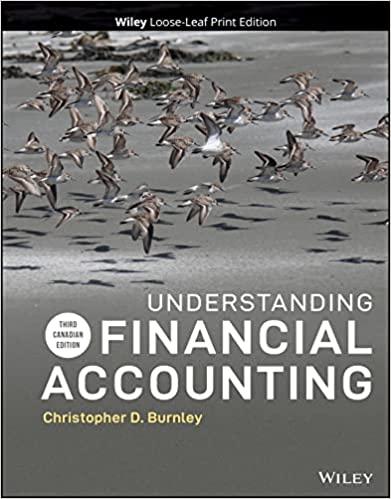P. business 10 years ago; the business had done quite well, and had a steady clientele for its breakfat and lunch meaks. The business had five full-time and fifteen part-time employees evea though it was only open five days a week, 6:00 a.m. to 3.00 p.m. Nick believed in paying his employees a decent salary, which was above the average rate for the hospitality industry. In summer 2009, the 24,000 City of Toronto inside and outside workers zepresented by the Canadian Whion of Public Employees went on strike. Nick had some understanding of industrial relations and knew that the workers had the right to strike and to picket their workplaces. The strike creatod a major inconvenience for Nick; the garbage frum his restaurant was no lodger picked up. The garbage was mostly food leflover, which began to rot in the heat. The Ciry had established several sites where citizens could drop off garbage, but they were some distance away and be had to hire a truck to banl the garbage. A bigger problem arose when he got to the site- the picketers delayed each person making a delivery and it took him bours to complete the task. The picketers were illegally stopping each person for 15 minutes and the City did noe stop them. As he was restricted to three bags, he had to make the trip daily. Also, the stench of roeting food was almost unbearable and the sites were bound to atract pests such as rats and mice. As the strike went on, his resentmeat foe the municipal workers grew, The 1, 100 garbage workers were paid well, an average of $25.00 per hour. Furthermore, their benefits were generous-they received six weeks of vacation and were allowed to bank 18 sick days per year and cash is six months' worth at retirement. This created an kafunded liabality of over $130 millioe for the City, They had the right of permaneat employment and their coatract imposed strict work rules that increased costs of garbsge collection. Nick read in the neaspaper that it cost the Ciry of Toronse 5317 per dwelling to collect garbage, about 65 percent higher than the average for Canadian cities. Nick was aot impressed with the City politicians. They agreed to generous employee contracts to obtain labour pesce. appearing unwilligg to stand up to the unions. Between 2003 and 2008 , City employee salaries had increased 32 percent. At the same time, taves were increasing. The union had a monopoly oa gartsge collection, and knew bow to use it. Some of Nick's customers complained that the strikers were fortunate to have sach well-paying jobs especially during a period of higher unemployment. Nick got to thinking about what could be done to reduce this imbalance is influence that some unions had in sociery. Two solutions were evident declare garbage collection an essential service, and introduce competition, If made an essential service, the workers would lose the right to strike, a fundamental feature of industrial contracts. It was unlikely that the Ciry could introduce this without a prolonged labour conflict The newspapers and his customers talked about cutsourcing, or eootracting out, the collection of garbage, as was doee in Etobicoke. That municipality had been abserbed into Toronto bat its private zarbage collection cootract remained in force. The Canadian Taxpayers Federation advocated the privatization of waste managemeat to introduce competition in awarding cootracts for providing the service. It estimated that Wienipeg had saved 55.7 million per year when it privatized collection. If a moecpoly exists in a particular industry, it either is ruled illegal under the Compennion Act or other legislation. or is tightly regulated. Garbage collection in most cities is a monopoly of local goveraments and they lacked the inceatives to reduce costs and introdace innovations as aegreskively as private basiness. In effect, tarpayers were held bostage by a sysem with rigid work rules that prohibited rewarding superior performance. Furthermore, there was no threat to driving the City eat of business. The usual resalt was higher taxes, and Toroeto was no eweption. In fact. taxes had increased so miveh that the Canadian Federation of Independent Business claimed that mary businesses had already left the ciry due to high taxation. Nick paid a lot in taxes, and expected good service in retarn. For the most part, he felt that the City was providing many services for these taxes. But, he felt that garbage collection was an exception. He believed thar be was being beld hostage by greedy municipal wotkers and politiciass who were unable to confront the monopoly pov- + - Inioas. Hie believed that it was time to do something about the union's monopoly. Questions 1. Who are the stakehelders and what is their influcece? 2. What totucs assuciated with the busincks fundancutals as described in Clapoer 2 are illustrated in the canc? 3. What ean ar shovald Nick do? 4. What should be diene about the union'k monopoly







